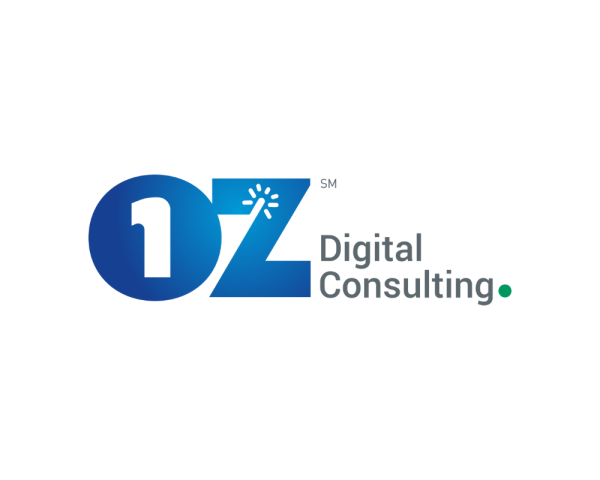KEY TAKEAWAYS:
--An obstacle to writing more small commercial insurance business is the limited data offered by small firms. The effort required to assess the risks does not always match the relatively small policy premiums.
--Enter technology, particularly the advancements in cognitive technologies and modern AI-powered data platforms. These innovations are reshaping small commercial risk assessment by enabling faster, more efficient and accurate underwriting processes.
----------
Small businesses account for 99.9% of all businesses in the U.S., according to Forbes. Not only is there a large pool of clients, but many are growing. Case in point: Ben & Jerry’s started as a single ice cream shop in Burlington, Vermont.
Today, it seems no two small businesses are the same. In fact, many—including barber shops, grocery stores and restaurants—are more specialized than ever, as entrepreneurs fill specific market needs. There are restaurants that welcome dogs to dine with their owners, members-only hair salons and bars where patrons can practice ax throwing. Emerging microsegments can be lucrative opportunities for insurers. But targeting them requires fast and accurate ways to assess the risks, as well as a streamlined approach to quoting and binding policies.
Despite their small size, many small business owners often expect the same attention and expertise large businesses receive. Small business owners want to know the insurer understands their unique risks, and they want to feel confident they have the right protection.
But the small-business market can be a solid opportunity for insurers because specialization in niche segments can lead to becoming a provider of choice. And the more insurance companies work with businesses in specific sectors, the better they can understand in-appetite risks and nurture profitable business more quickly.
Using technology to address the micro-market
There’s significant opportunity for insurers to write more small commercial insurance business, and technology can play a key role. But one substantial obstacle is the limited data offered by small businesses, making it time-consuming to assess risks effectively. The predicament faced by many insurers and MGAs is that the effort required does not always match the relatively small policy premiums.
Enter technology, particularly the advancements in cognitive technologies and modern AI-powered data platforms. These innovations are reshaping small commercial risk assessment by enabling faster, more efficient and accurate underwriting processes.
To transform commercial underwriting, insurers and MGAs should evaluate their existing risk assessment methods and explore how using technology for data access can augment their processes. For example, a company may already have an agile system in place to connect with and leverage API-enabled data platforms but needs to adapt workflows. Alternatively, the insurance organization might have a robust underwriting workbench solution in place but require modern technology to gain access to more data for better risk assessment.
When selecting a data solution to enhance visibility into exposures and risk quality, speed and accuracy are both important. Speed holds particular significance in small commercial insurance, where efficient application response times can outweigh price considerations for agents/brokers and policyholders. By delivering quotes promptly, insurers and their distribution partners can deter business owners from seeking alternatives.
See also: Emerging Tech in Commercial Lines
While speed is crucial, inaccurate information renders it useless. Emerging AI technologies are gaining popularity for risk evaluation. But these solutions may sometimes finesse answers if reliable sources cannot be located. When considering a generative AI solution, it is imperative to ensure the vendor has established processes to verify data accuracy, such as providing citations for the sources used to develop conclusions.
Additionally, insurers should seek out technology providers willing to collaborate and ensure seamless implementation. It’s best to collaborate with partners who become integral to the team, listen to feedback and adapt the solution to meet specific requirements. Establishing a strong relationship with the provider is another means to ensure accuracy in risk-quality data. Some technology companies even go the extra mile by working closely with underwriting teams, running numerous queries to assure information validity.
The small commercial insurance sector holds immense opportunities for insurers and MGAs. Not only does it offer a sizable client base, but specializing in niche markets can foster expertise, deepen market understanding and align the insurer's risk appetite accordingly. By capitalizing on cognitive technologies, insurance organizations can overcome the challenges of small commercial underwriting, swiftly generate quotes, bind policies and expand business.
































 At OZ, Murray plays a pivotal role in understanding our clients’ businesses and then determining the best strategies and customer experiences to drive their business forward using real-world digital, marketing, and technology tools. Prior to OZ, Murray held senior positions at some of the world’s largest digital agencies, including Razorfish and Sapient, and co-founded and ran a successful digital engagement and technology agency for 7 years.
At OZ, Murray plays a pivotal role in understanding our clients’ businesses and then determining the best strategies and customer experiences to drive their business forward using real-world digital, marketing, and technology tools. Prior to OZ, Murray held senior positions at some of the world’s largest digital agencies, including Razorfish and Sapient, and co-founded and ran a successful digital engagement and technology agency for 7 years. 
